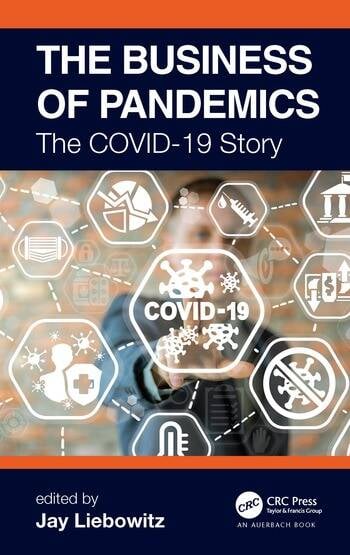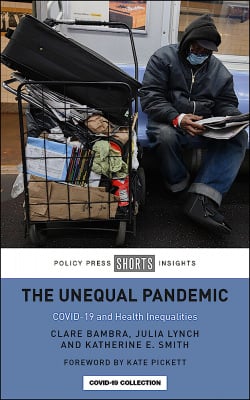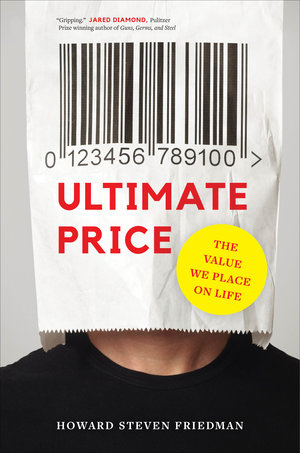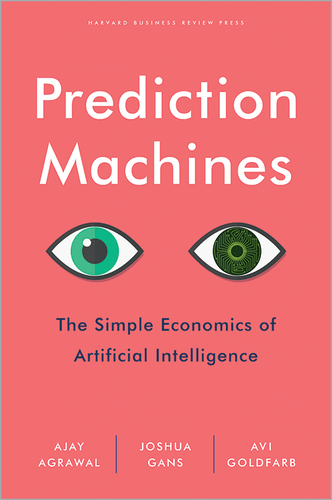THE BUSINESS OF PANDEMICS. The COVID-19 Story
Contents:
Chapter 1. Business and Management Lessons Learned from COVID-19
Jaime Ribera, IESE, Spain
Chapter 2. Developing Big Data, Computer Models, and Simulations for Predicting Its Spread
Scott Nestler, University of Notre Dame and Harrison Schramm, Center for Strategic and Budgetary Assessment, USA
Chapter 3. Conducting Global Business Virtually
Erin Makarius and Debmalya Mukharjee, University of Akron, USA
Chapter 4. Global Economic Impact Resulting from COVID-19
Thomas Hanson, Butler University, USA
Chapter 5. Communicating About COVID-19: Dealing with Fear and Emotion
Vincent Covella and Randall Hyer, Center for Risk Communication, USA
Chapter 6. Media and Communications About COVID-19: A WHO Perspective
John Butler and Gabriella Stern, WHO, Switzerland
Chapter 7. Growing Organizational Capacities for Increased Online Learning, Working, and Health
Sharif Nijim, University of Notre Dame and Paul Grist, Amazon Web Services (AWS)
Chapter 8. Social Impact Resulting from COVID-19
Wei Sun, Howard University, and Andrew Critchfield, Independent Scholar
Chapter 9. Online Learning and Educational Innovations Due to COVID-19
Darleen Opfer and Laura Hamilton, RAND Corporation, USA
Chapter 10. The New Work from Home Environment
David Cook, University College London (UCL), UK
Chapter 11. Re-Opening Markets and Businesses that Have Been Shut or Severely Curtailed
Rod McSherry and Matthew Jackson, University of Texas at San Antonio, USA
Chapter 12. Crisis Decision Making Using Analytics and Intuition
Gloria Wren, Loyola University-Maryland; Jean-Charles Pomerol, Université de la Sorbonne, Paris; Fred Adam and Karen Neville, UCC, Ireland












